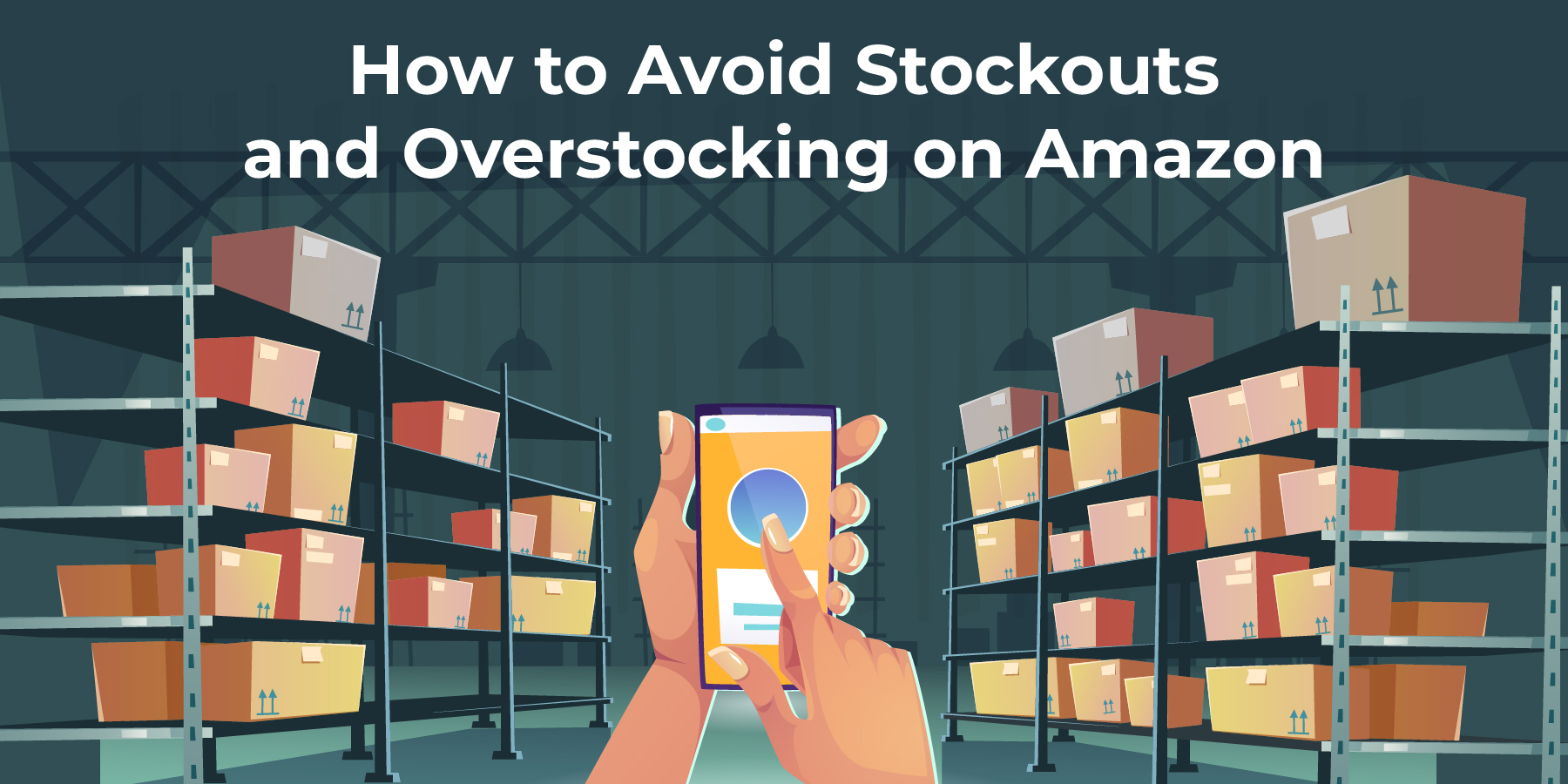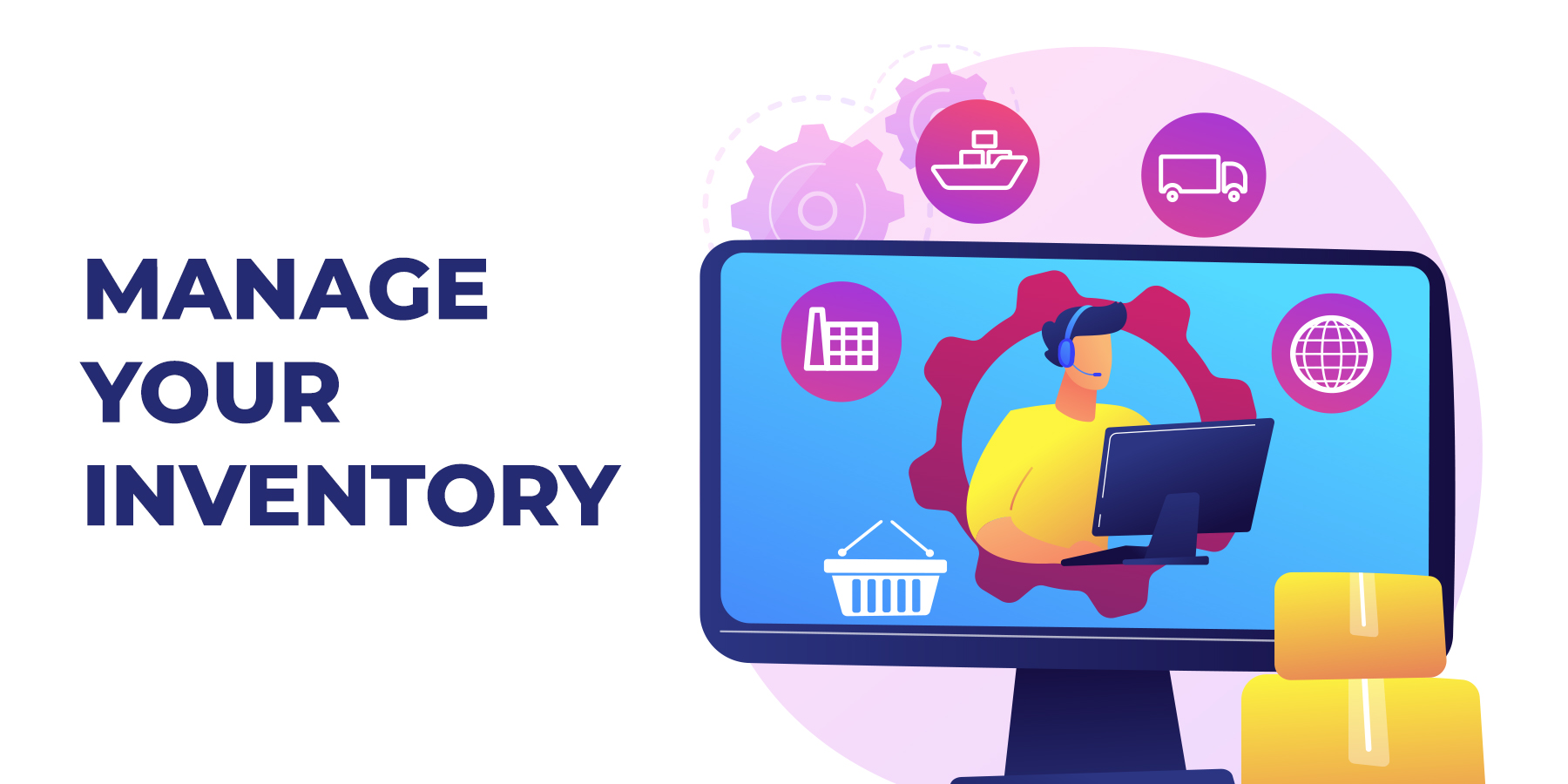Are you an Amazon seller struggling with stockouts or overstocking? Do you find it challenging to manage your inventory levels effectively? If so, you're not alone. Many sellers face these problems and need help finding a solution.
Amazon is one of the largest e-commerce platforms globally, with millions of sellers trying to profit. However, stock management can be tricky in running an Amazon business. More inventory can lead to overstocking, and having enough can result in stockouts. Both situations can be detrimental to your Amazon business, leading to loss of sales, customer dissatisfaction, and a negative impact on your seller rating.
To avoid these problems, Amazon sellers must learn how to manage their inventory effectively. In this article, we will provide tips on preventing stockouts and overstocking on Amazon, ensuring you never lose out on sales, and improving your seller rating.
Understanding Your Sales Velocity
Sales velocity refers to the rate at which a product is sold over a specific period. It considers the number of units sold and the time it takes to sell them. Essentially, sales velocity measures the speed of sales and how quickly a product moves off the shelves.
Importance of Tracking Sales Velocity
Tracking sales velocity is essential for proper product inventory management on Amazon. Understanding how fast your products are selling can help you determine how much inventory you need. It can also help you identify trends in sales and adjust your inventory levels accordingly. By keeping track of your sales velocity, you can ensure that you always have enough inventory to meet customer demand without overspending on inventory on the shelves.
The Formula For Sales Velocity
Examining your pipeline, sales cycle, lead nurturing procedures, and average deal size is necessary to determine your sales velocity.
The following information is necessary for the sales velocity formula:
- How many opportunities do you have in your pipeline?
- Value of your typical deal size in dollars.
- Customer conversion rate as a proportion of victories versus. Losses.
- The average length of the sales cycle in days.
Multiply the number of opportunities in your sales pipeline by the average deal size, the win rate, and the dollar amount to determine your sales velocity. Divide the outcome by the average number of days in your sales cycle.
Forecasting Sales and Inventory Needs
The role of sales forecasting in inventory management system: Sales forecasting plays a critical role in product inventory management on Amazon. It involves predicting future sales based on historical data, market trends, and other relevant factors. By forecasting sales, sellers can determine the inventory levels they need to maintain to meet customer demand and avoid stockouts or overstocking.
Different Methods of Sales Forecasting
There are various sales forecasting methods, including
- Historical sales data: This involves analyzing past sales data to identify patterns and trends to help predict future sales.
- Market research: This involves gathering information about the market, such as customer preferences, competitor analysis, and market trends, to make informed predictions about future sales.
- Statistical models: Use statistical techniques to analyze historical data and predict future sales based on trends and patterns.
- Expert opinions: This involves gathering input from experts in the field, such as industry analysts or sales professionals, to make informed predictions about future sales.
How To Use Sales Forecasts To Determine Inventory Needs
Once sales forecasts are calculated, sellers can use them to determine inventory needs. For example, if the sales forecast predicts an increase in sales, the seller may need to increase their inventory levels to meet customer demand.
Conversely, if the sales forecast predicts a decline, the seller may need to decrease their inventory levels to avoid overstocking. It's essential to regularly review sales forecasts and adjust inventory levels to ensure optimal product inventory management. By using sales forecasts to determine inventory needs, sellers can avoid stockouts and overstocking, optimize their inventory levels, and ensure they always have the right amount of inventory to meet customer demand.
Managing Inventory Levels
Managing inventory levels is essential to supply chain management. It involves setting inventory thresholds, monitoring inventory levels, and implementing strategies to maintain optimal inventory levels. Here are some key points to consider:
- Setting inventory thresholds: Setting inventory thresholds involves determining the minimum and maximum inventory levels that should be maintained. This can be done by considering demand variability, lead times, and supplier reliability. By setting appropriate inventory thresholds, a business can avoid stockouts and overstocking.
- Monitoring inventory levels: Monitoring inventory levels is essential to ensure that the inventory stays within the predetermined thresholds. This can be done through product inventory management software, which provides real-time inventory-level updates. A business can take proactive measures to prevent stockouts or overstocking by monitoring inventory levels.
- Strategies for maintaining optimal inventory levels: Several strategies can be used to maintain optimal inventory levels. These include
- Just-In-Time (JIT) inventory management: This strategy involves maintaining minimal inventory levels and ordering only when there is demand. This can reduce inventory holding costs and minimize the risk of overstocking.
- Economic Order Quantity (EOQ) inventory management: This strategy involves ordering in batches that minimize the total inventory cost, including ordering and holding costs. EOQ can help businesses maintain optimal inventory levels while minimizing costs.
- Safety stock: Safety stock is additional inventory held to mitigate the risk of stockouts. A business can ensure enough inventory to meet unexpected demand or supply disruptions by maintaining safe stock.
- Demand forecasting: Demand forecasting involves predicting future demand for a product or service. By accurately forecasting demand, a business can order the right amount of inventory to maintain optimal inventory levels.
Dealing with Stockouts
A stockout occurs when your Amazon store runs out of inventory of a particular product or service. This can happen for various reasons, such as unexpectedly high demand, supply chain disruptions, or poor inventory management. Dealing with stockouts requires a combination of prevention strategies and effective response plans. Here are some key points to consider:
Causes of Stockouts:
- Unforeseen spikes in demand: Unexpectedly high demand can quickly deplete inventory levels and lead to stockouts.
- Supply chain disruptions: Delays in shipping, production, or delivery can impact inventory levels and lead to stockouts.
- Poor inventory management: Inaccurate forecasting, proper inventory thresholds, and adequate safety stock levels can contribute to stockouts.
What To Do If A Stockout Occurs
If a stockout occurs, it's essential to have a response plan to minimize the impact on customers and business operations. Some steps can be taken include:
- Communicate with customers: Let customers know that the product is temporarily out of stock and provide an estimated time frame for when it will be available again.
- Expedite shipping: Expedite shipping from the supplier to get the product back in stock as soon as possible.
- Offer substitutes: Offer customers alternative products or services that can fulfill their needs.
- Reevaluate product inventory management practices: After a stockout, it's essential to evaluate the causes and take steps to prevent future stockouts.
Avoiding Overstocking
Overstocking occurs when a business needs more inventory of a particular product or service. This can tie up valuable resources, increase holding costs, and lead to obsolescence or spoilage. Avoiding overstocking requires effective product inventory management practices and supply chain planning. Here are some key points to consider:
Causes of Overstocking:
- Inaccurate demand forecasting: Overestimating demand can lead to overstocking and tie up valuable resources.
- Poor inventory management system: Improper inventory thresholds, inadequate safety stock levels, and inefficient ordering processes can all contribute to overstocking.
- Promotions and sales: Offering discounts or running promotions can increase inventory levels if demand does not meet expectations.
What To Do If Overstocking Occurs
If overstocking occurs, it's essential to reduce the excess inventory and prevent it from becoming obsolete or spoiling. Some steps that can be taken include:
- Offer discounts or promotions: Offering discounts or promotions can help move excess inventory and free up valuable resources.
- Liquidate excess inventory: Liquidating excess inventory through clearance sales or auctions can help recover some costs.
- Donate excess inventory: Donating excess inventory to charity or non-profit organizations can help build goodwill and provide tax benefits.
- Reevaluate inventory management practices: After overstocking occurs, it's essential to evaluate the causes and take steps to prevent future overstocking.
Wrapping Up
Managing inventory on Amazon can be a challenging task for sellers. However, by implementing effective strategies to avoid stockouts and overstocking, businesses can optimize their sales and profitability. By monitoring sales trends, setting up automated alerts for low inventory levels, and forecasting demand accurately, businesses can ensure that they have the right amount of stock at the right time.
Additionally, leveraging Amazon's FBA program or partnering with third-party logistics providers can help businesses streamline their inventory management processes and reduce the risk of stockouts or overstocking. Ultimately, by taking a proactive approach to the inventory management system on Amazon, businesses can maximize their revenue potential while minimizing costs and risks associated with excess or insufficient stock levels.
Do you have questions about Amazon stockouts and overstocking? Let us know, and we’ll gladly answer them!







